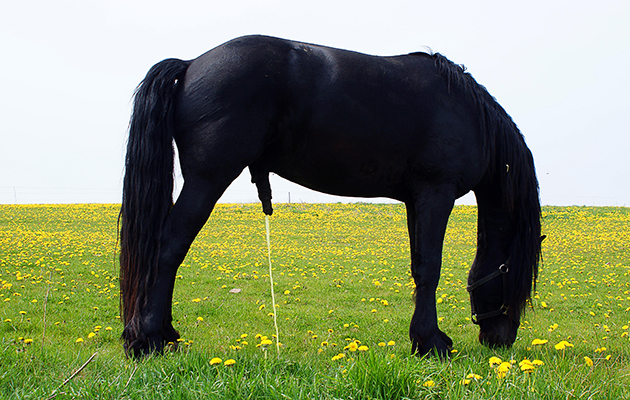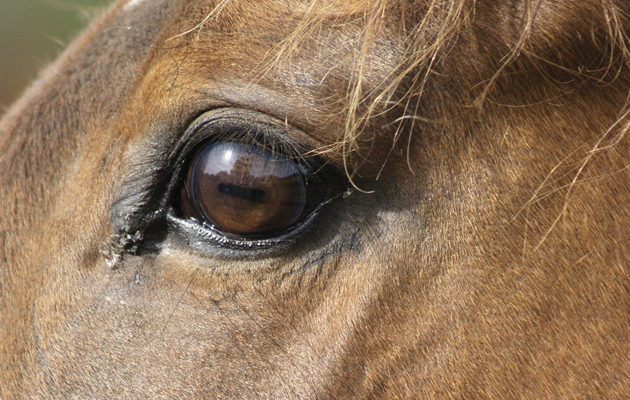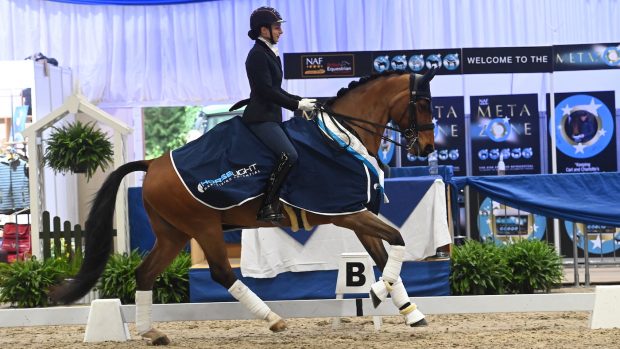Horses can distinguish between submissive and dominant body postures in strangers, confirming what equestrians have long suspected, new research has found.
The study, led by the University of Sussex and published in peer-reviewed journal Animal Cognition, found horses were significantly more likely to approach someone showing submissive rather than dominant body language.
Psychology researchers worked with 30 equines to see whether a person’s body language affected how likely a horse was to approach them.
The dominant posture involved the person standing tall, with arms and legs apart and chest expanded, while the submissive posture involved slouching with relaxed knees, and arms and legs close to the body.
“Horses are often thought to be good at reading human body language, based on anecdotal evidence,” said the study’s joint lead author Amy Smith.
“However, little research has tested this empirically. These results raise interesting questions about the flexibility of cross-species communication.”
The horses were fed by two participants. They were then given free choice to approach the person displaying the dominant or the submissive body posture.
Over four trials, the horses showed a preference for approaching the person displaying the submissive posture, rather than an individual handler or a particular side.
The horses came from three equestrian centres in Suffolk and East Sussex, while all the participants were women of a similar size.
They dressed in similar clothing and all wore a dark neck warmer pulled up to their eyes, to minimise the facial expressions the horses could see.
Article continues below…
You might also be interested in:

H&H question of the week: how can I get my horse to go more forward?
Four-star event rider Coral Keen provides one H&H

H&H question of the week: Can you over-desensitise a young horse?
Here Jason Webb of Australian Horse Training gives

9 things your horse’s urine says about his health
Do you look away when your horse urinate?
Co-author Dr Leanne Proops, of the University of Portsmouth, added: “Evolutionarily speaking, animals — including humans — tend to use larger postures to indicate dominance, or threat, and smaller postures to indicate submissiveness.
“Horses may therefore have an instinctual understanding of larger versus smaller postures.”
Clara Wilson, who also co-authored the paper, said results such as this “encourage us to be more conscious of the signals we exhibit” to “facilitate a smooth animal-human relationship”.
For all the latest news analysis, competition reports, interviews, features and much more, don’t miss Horse & Hound magazine, on sale every Thursday





